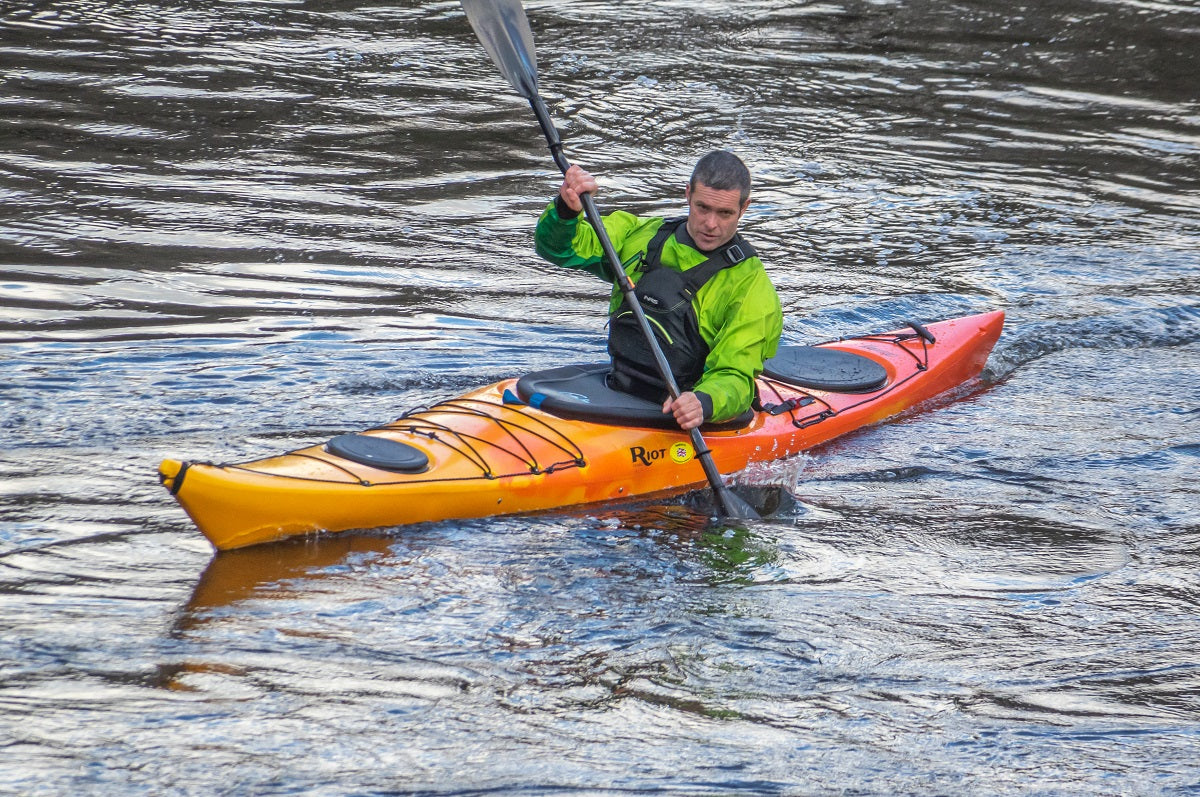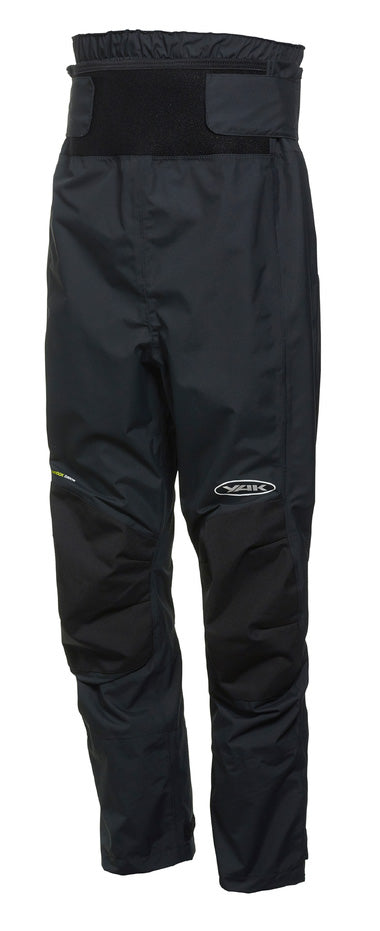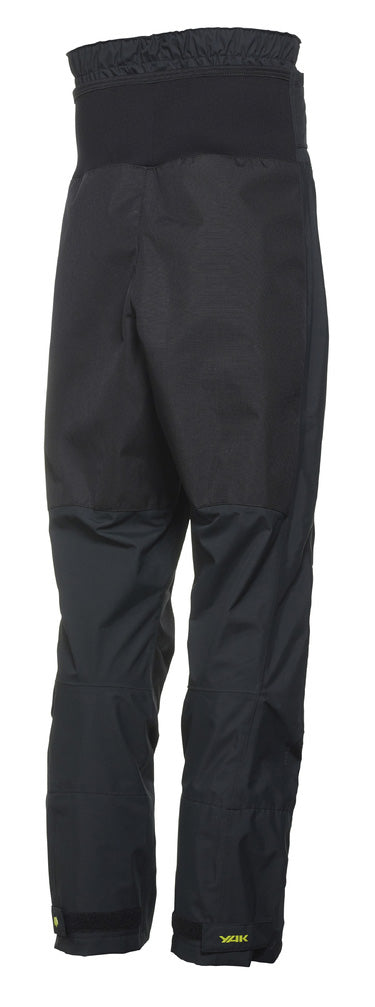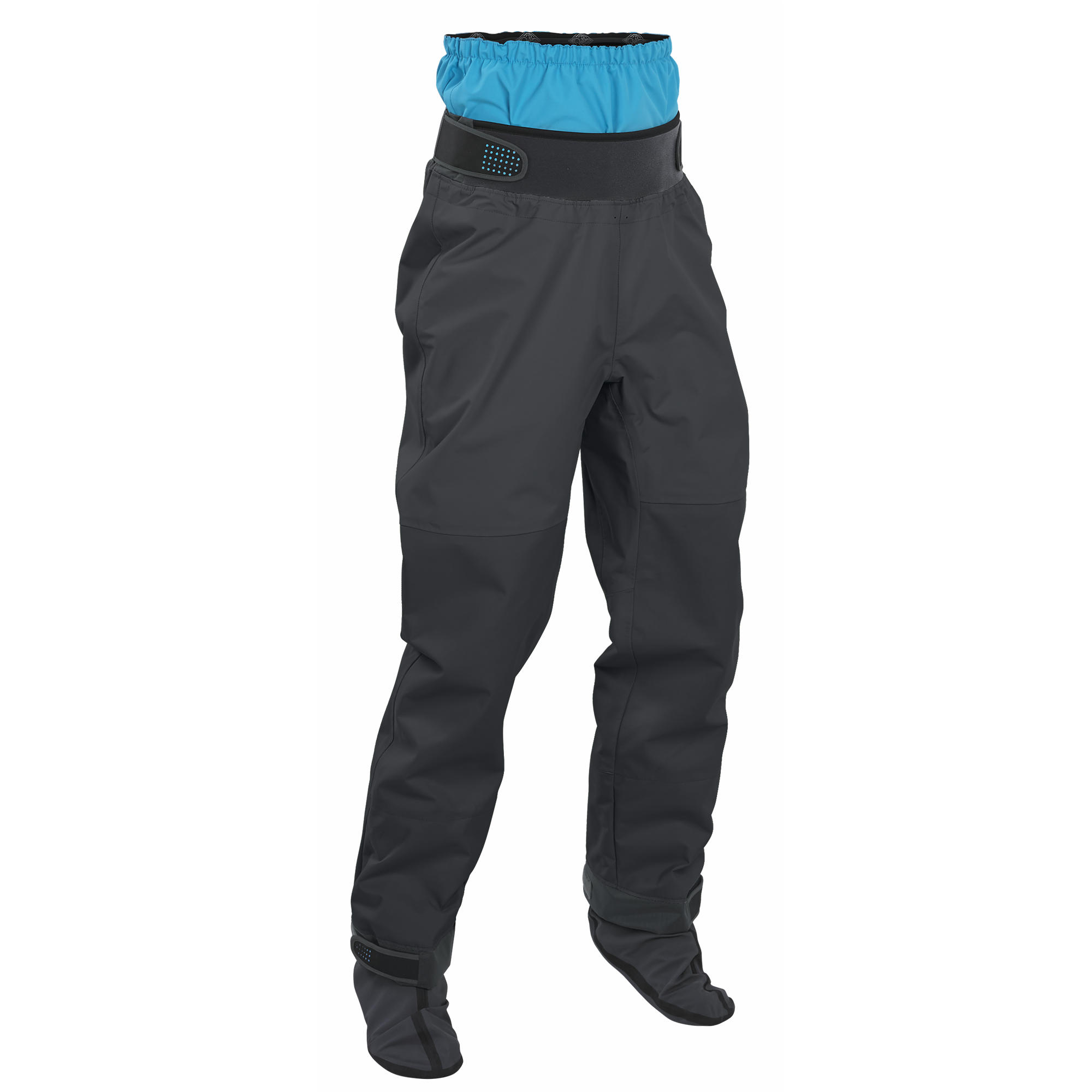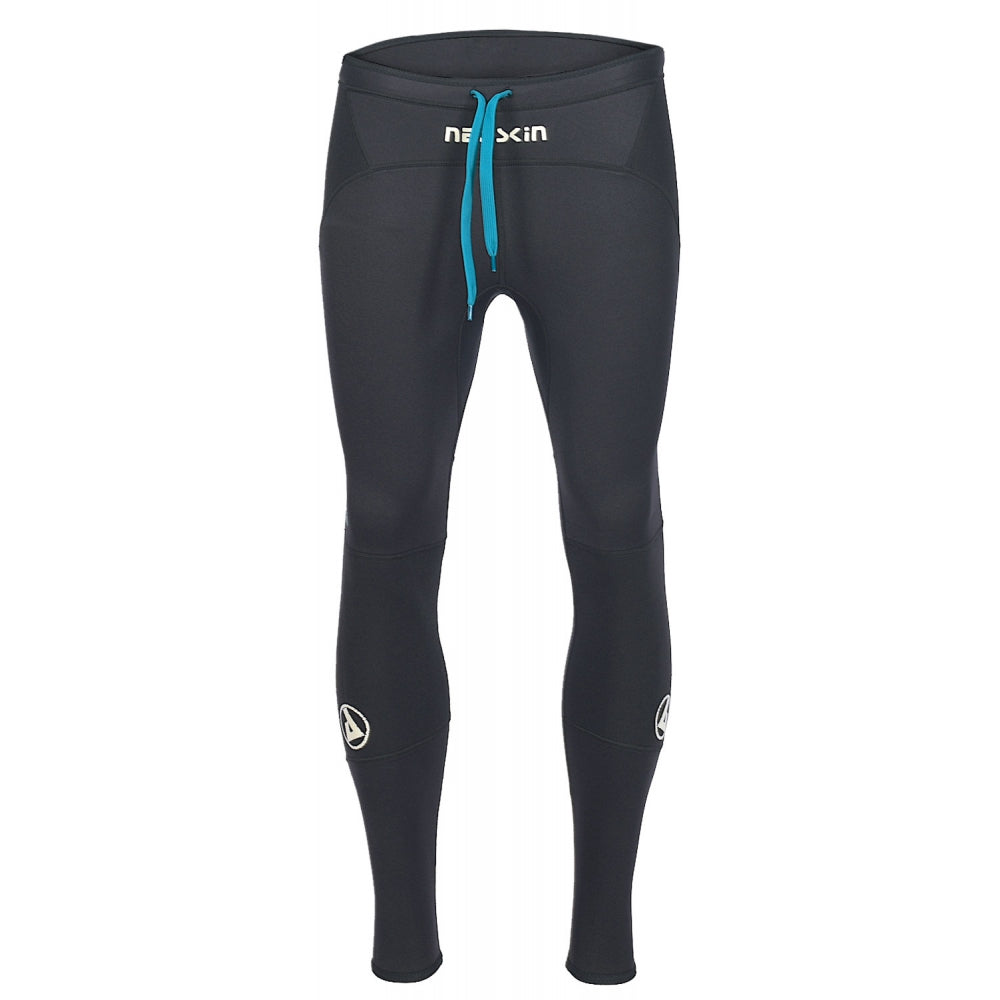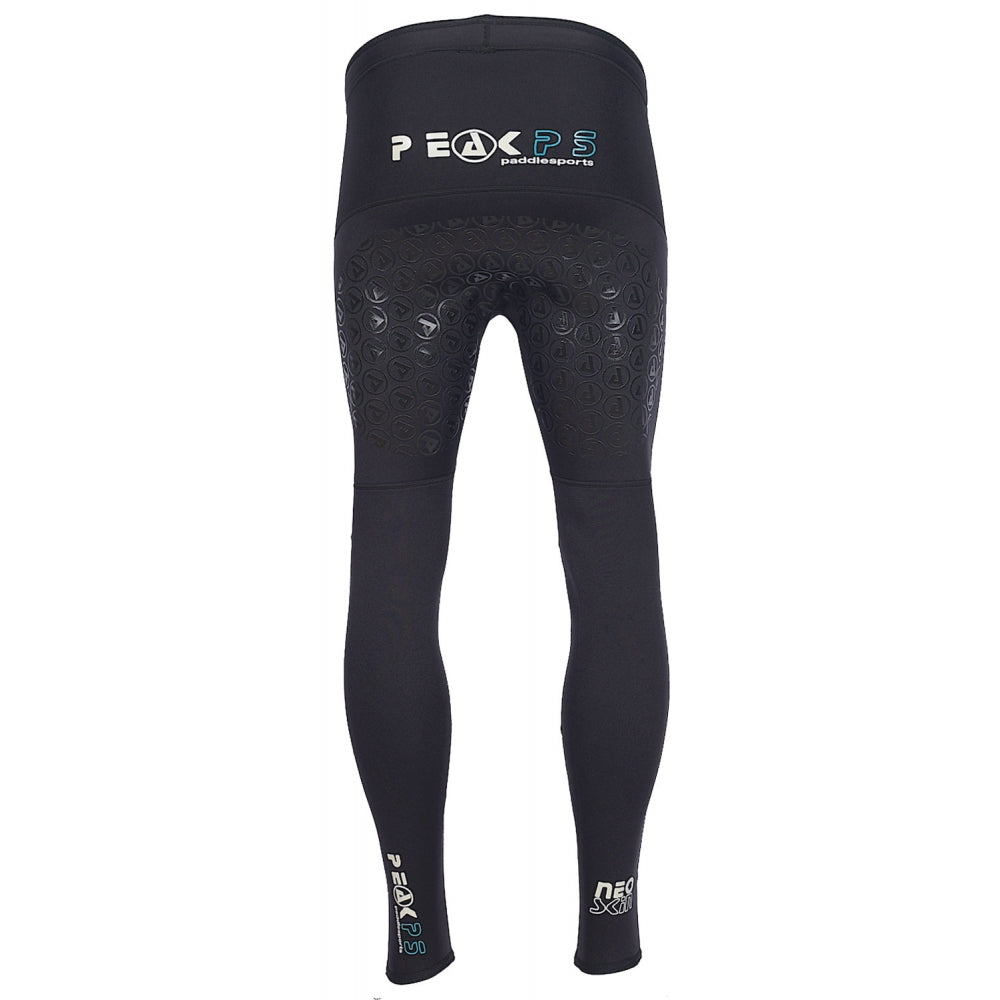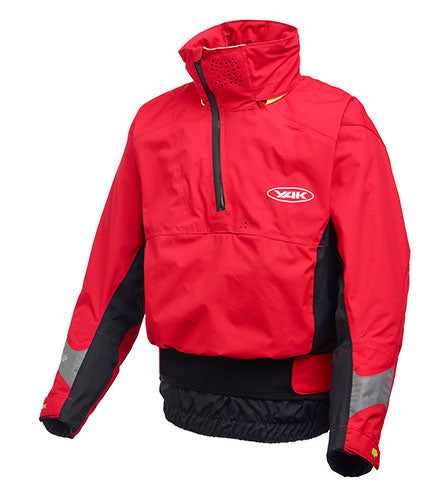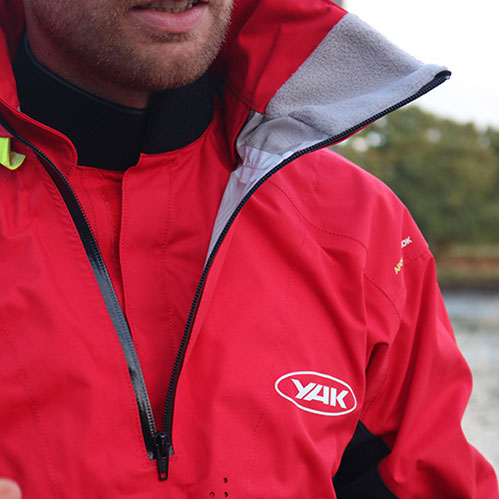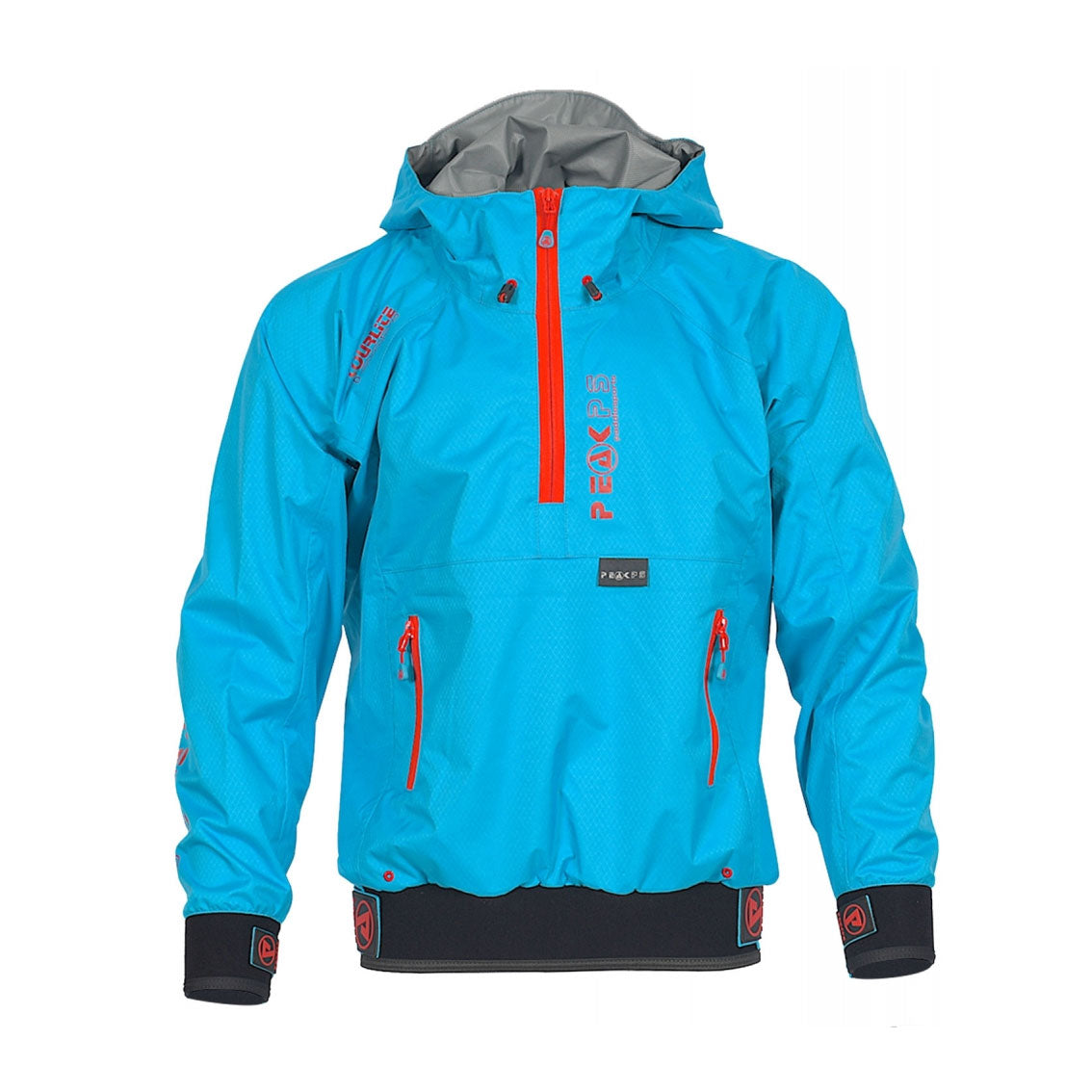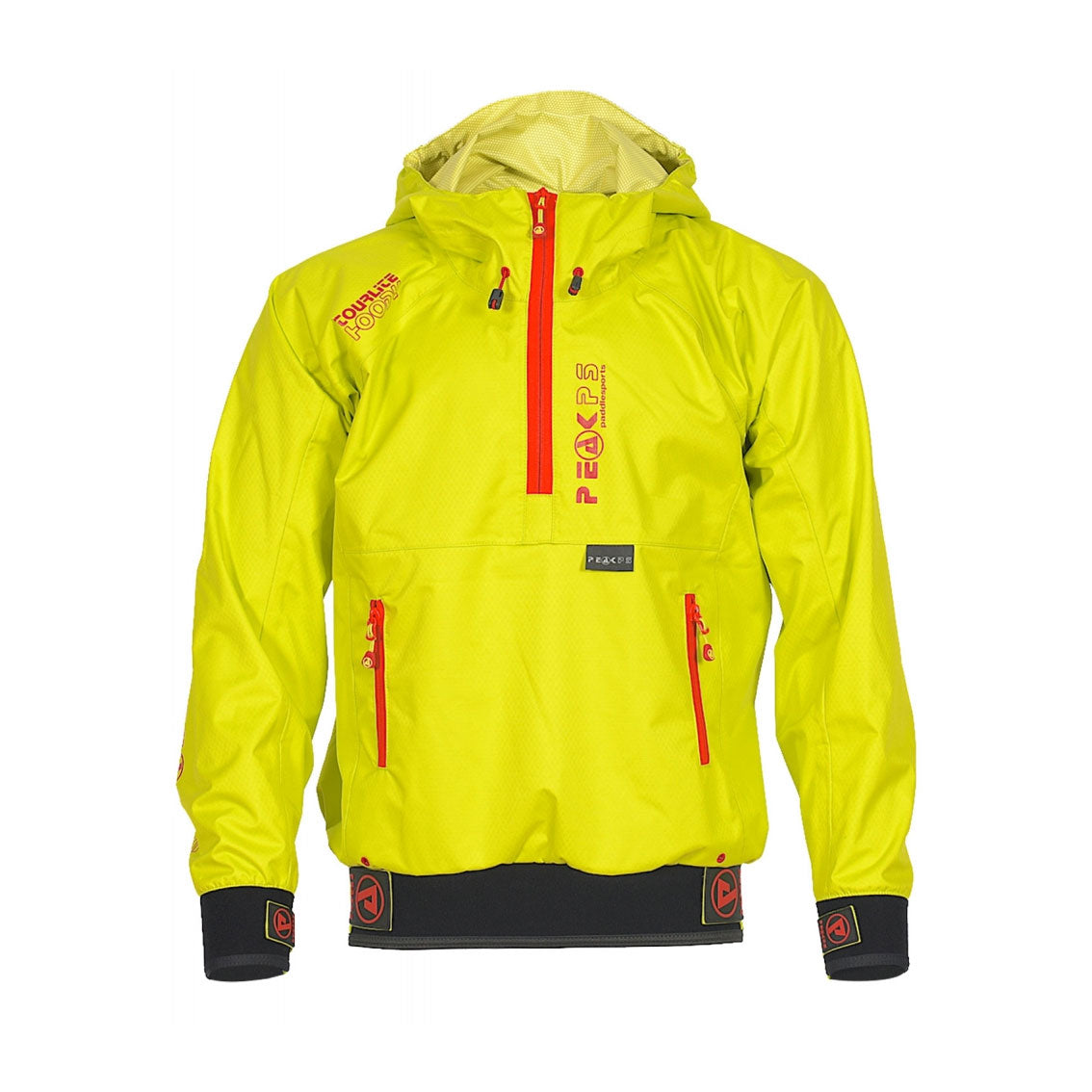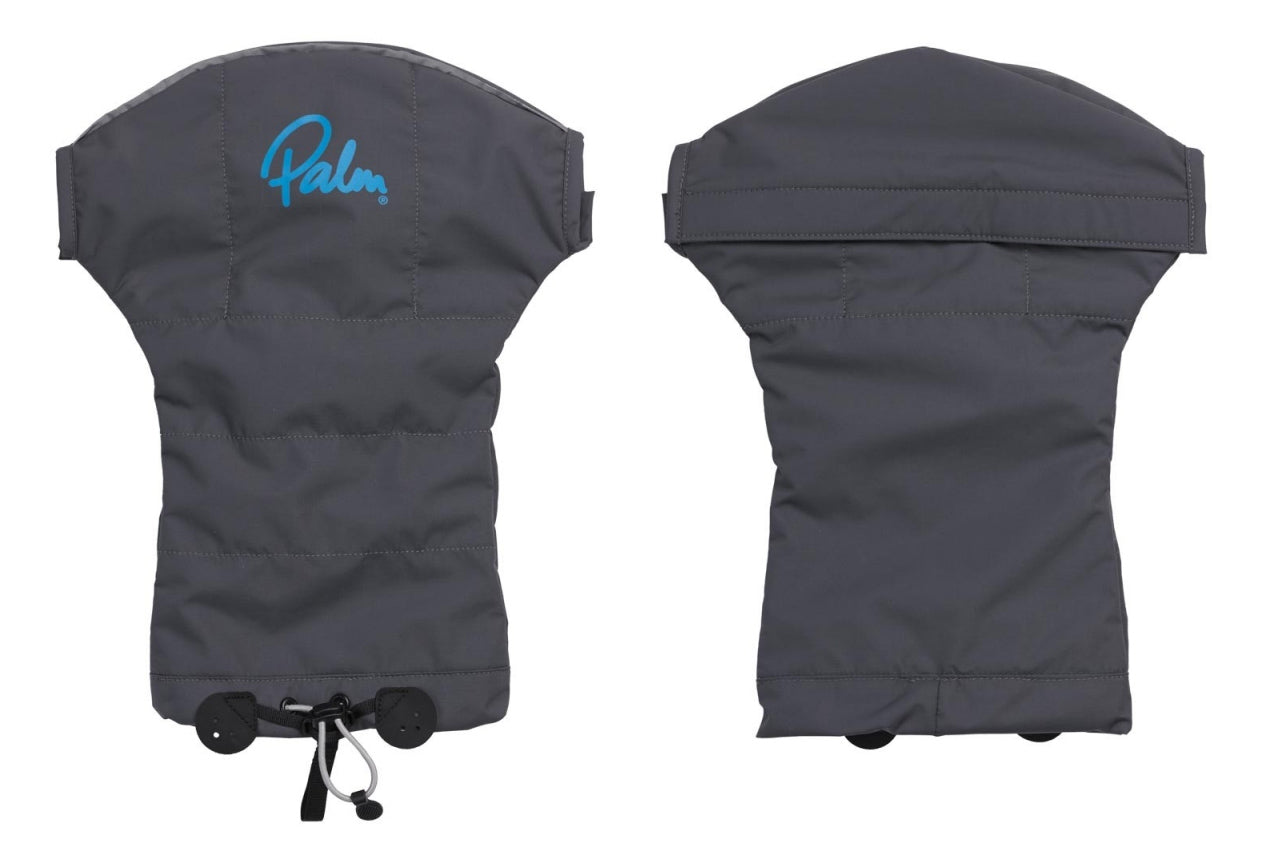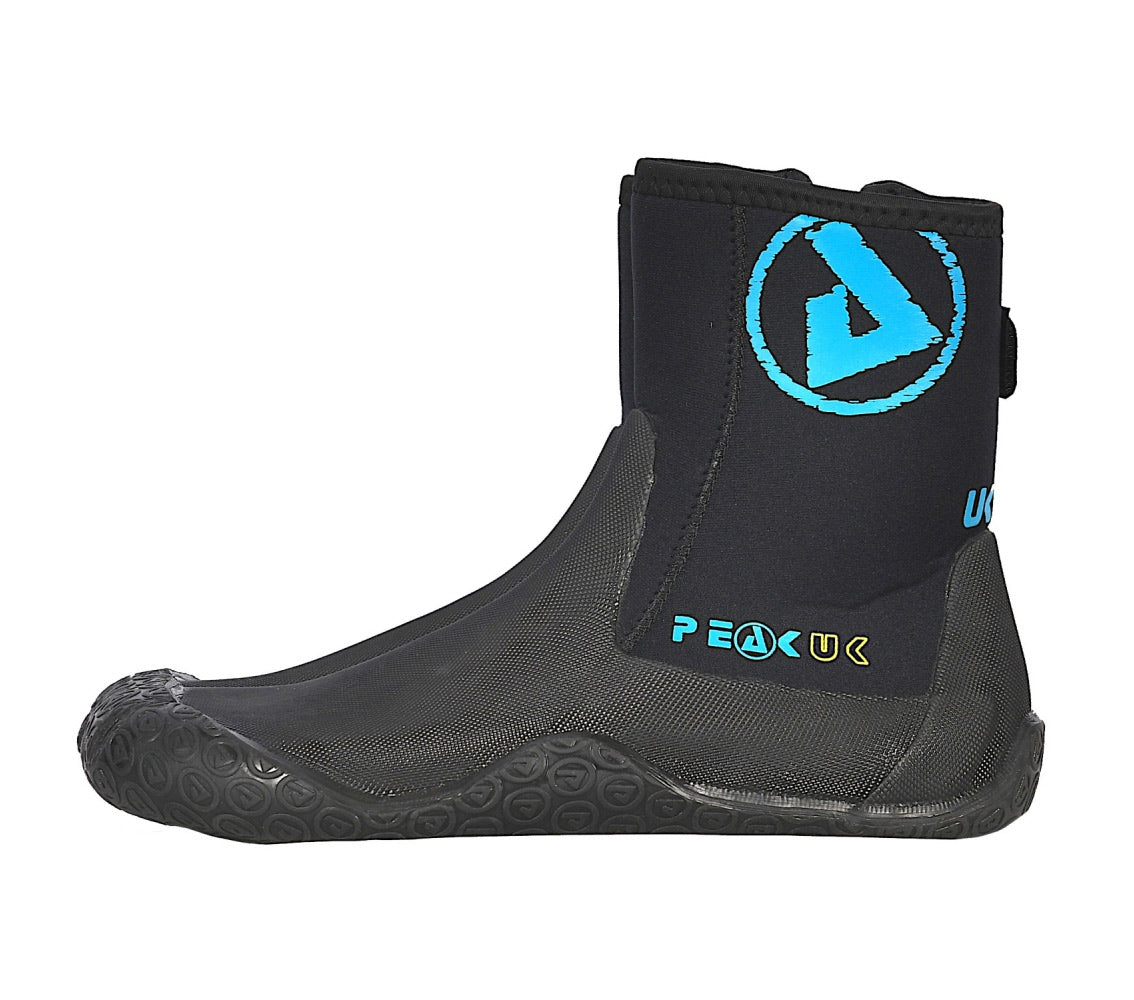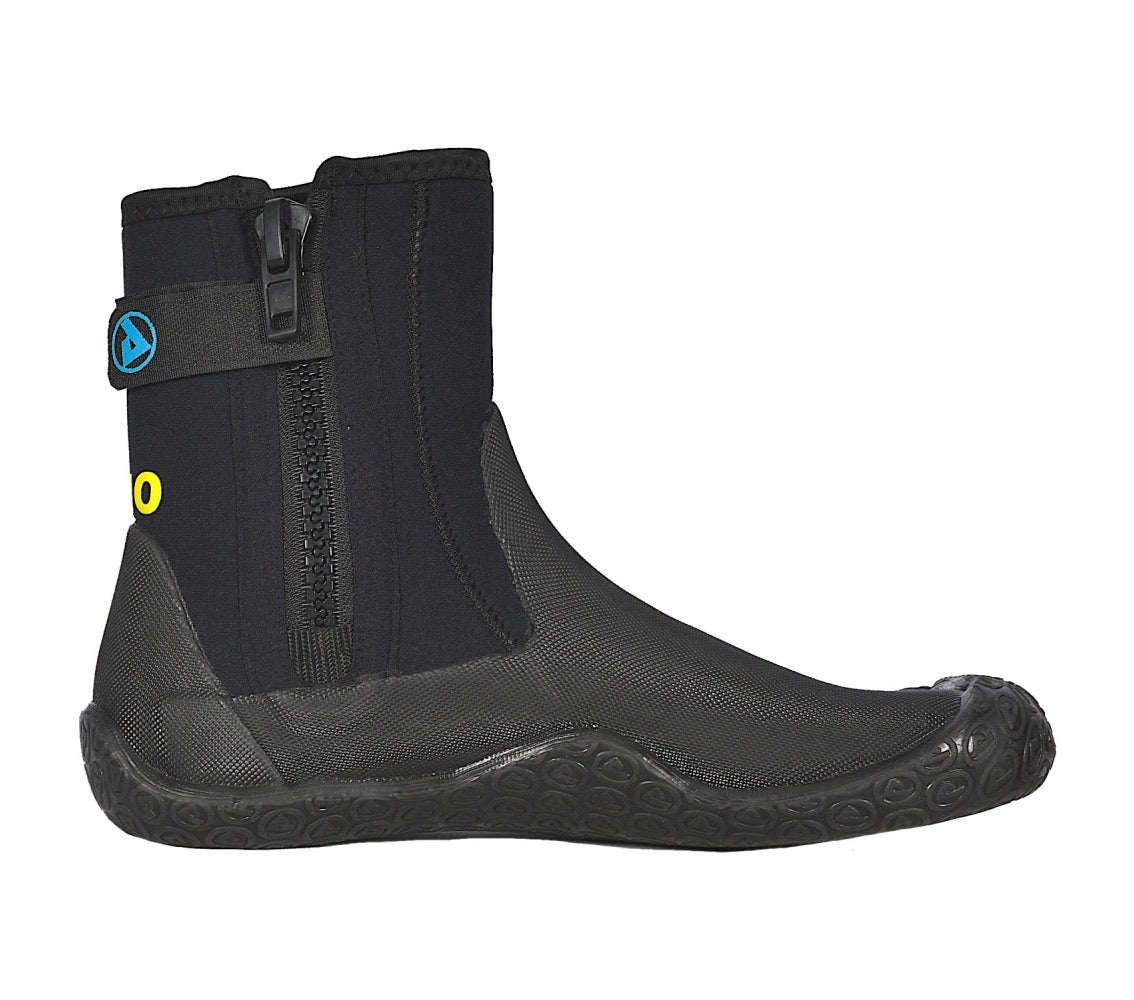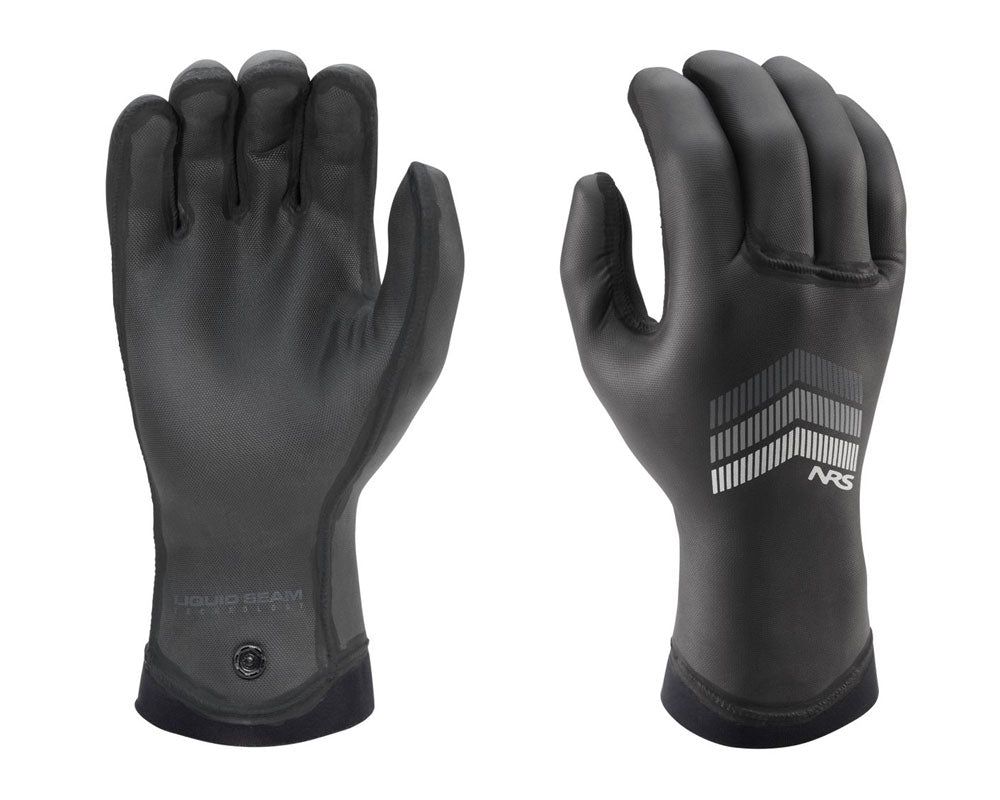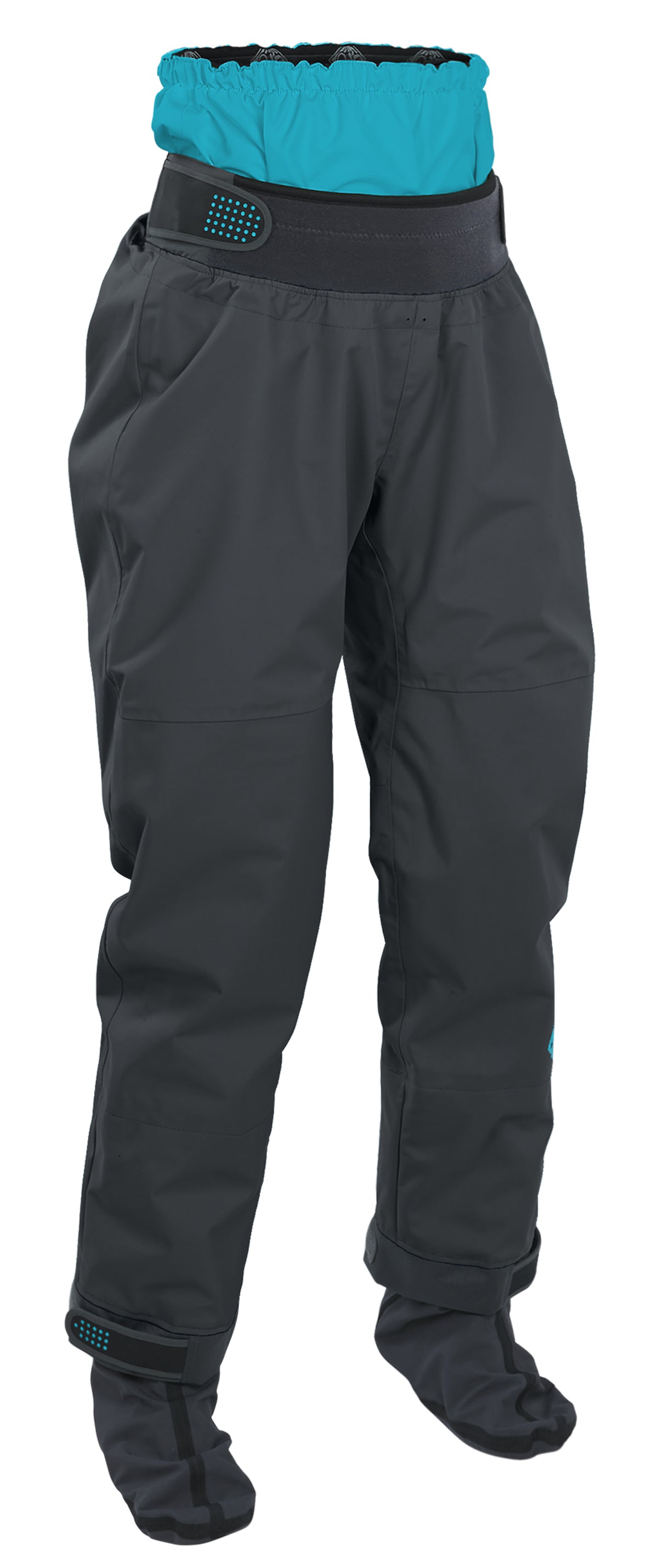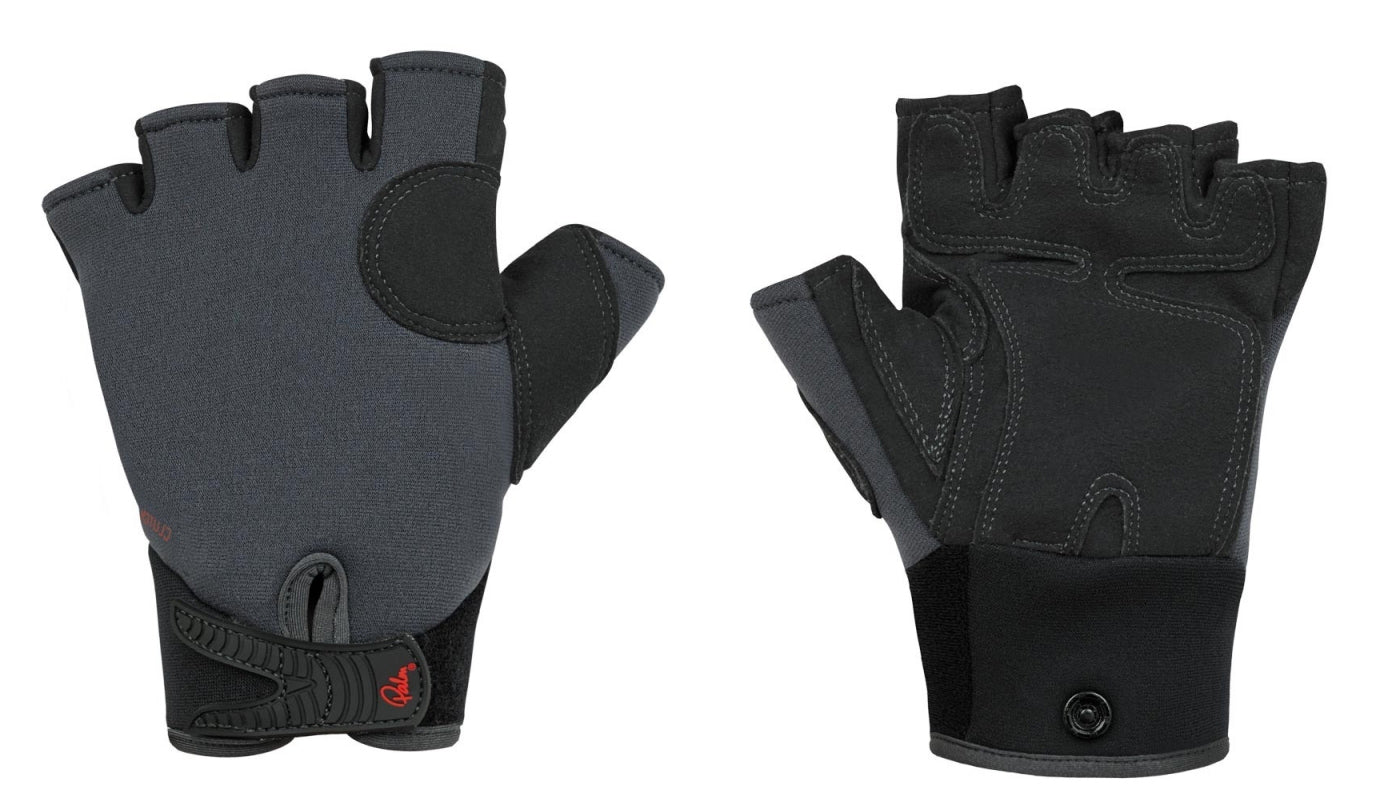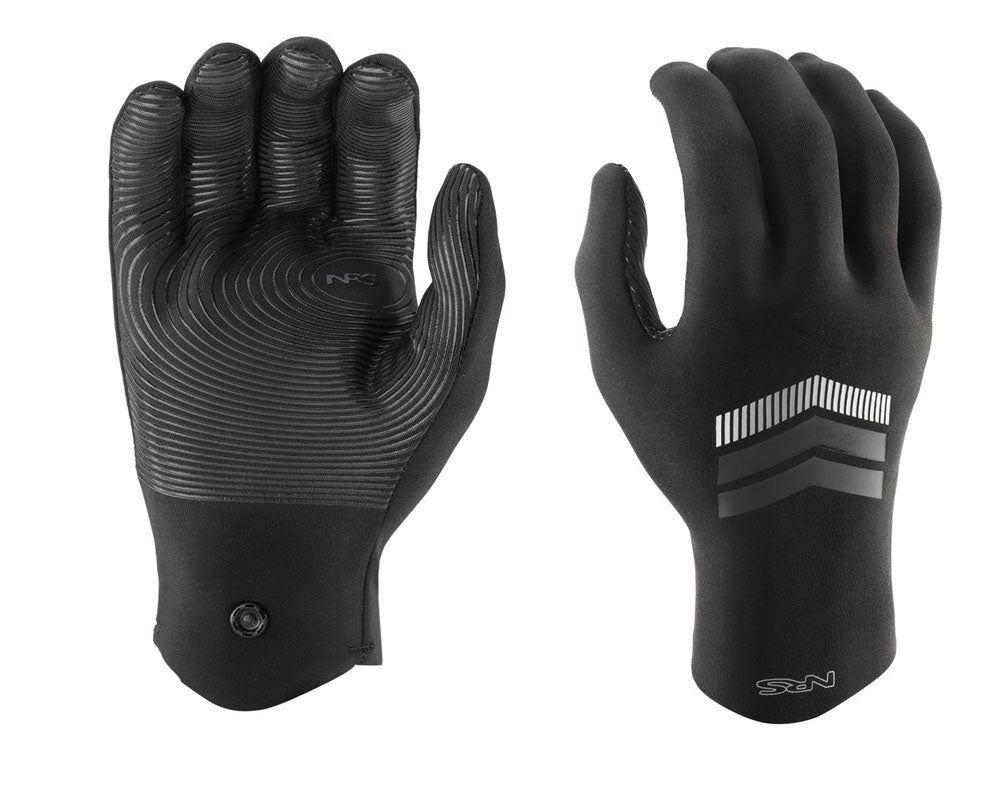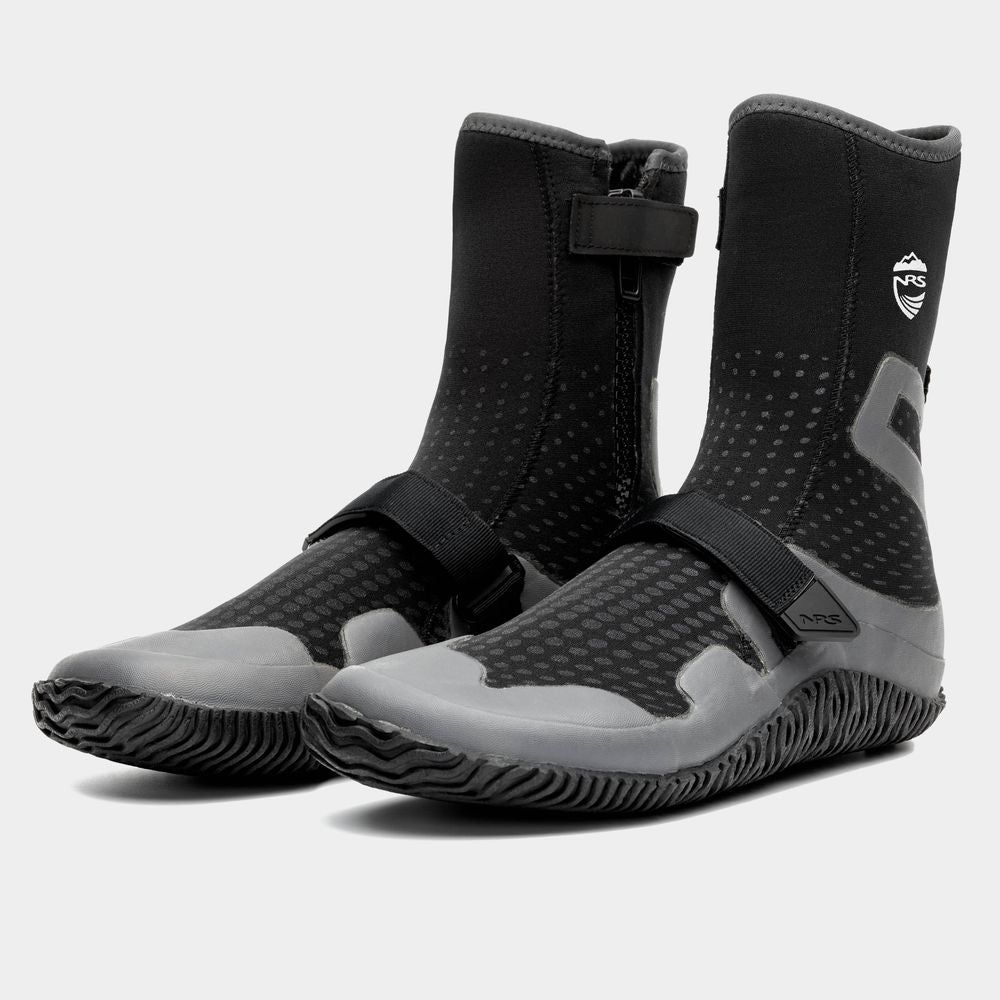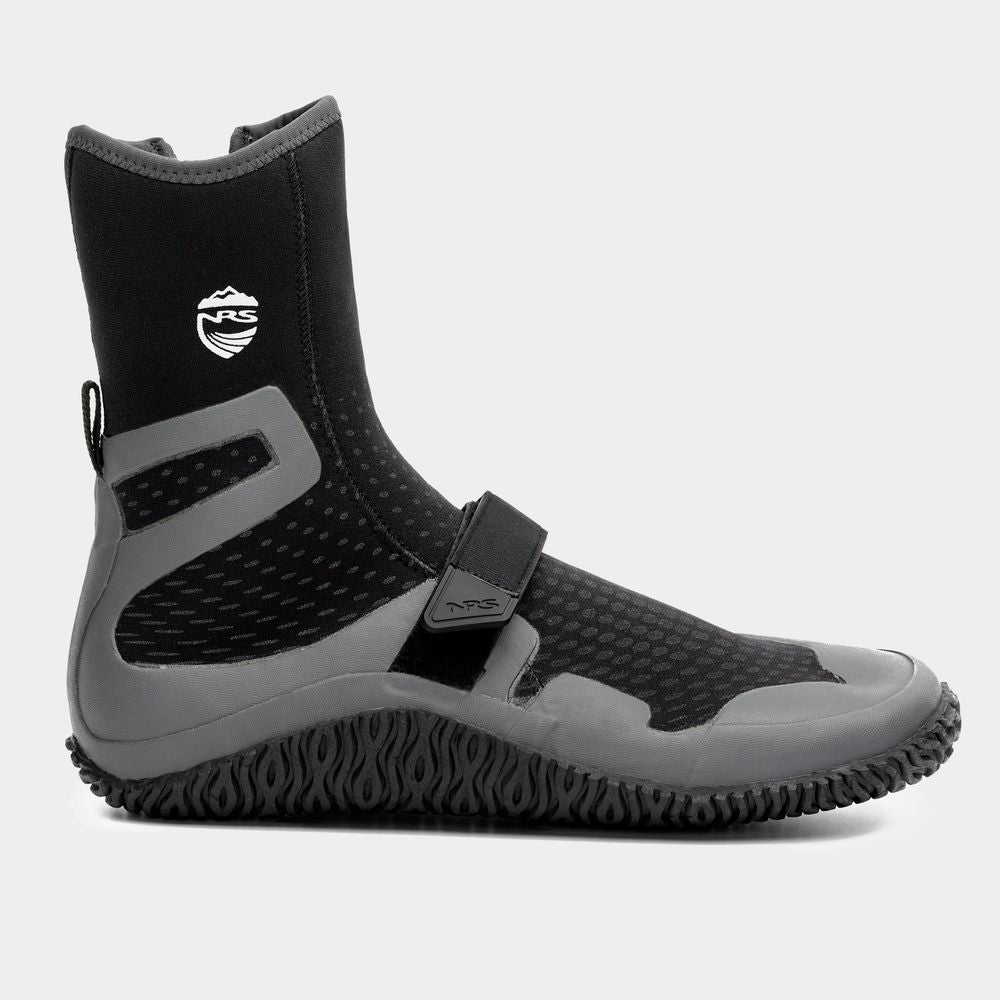A Guide on What To Wear for Kayaking & Canoeing
As with all watersports dressing appropriately and having the correct essential kit is important to ensure comfort and safety. Whatever the season the key thing to remember is:
"Dress for the water, not just the weather"
This is a concise guide as to what to wear, and how to prepare, when you heading out on the water across a range of paddling disciplines.Please take time to read through from the beginning. It starts with some general advice then moves on to 'Recreational Paddling' - some of the advice given for that is also relevant to Sea Kayaking, Kayak Fishing, White-Water Paddling and Kayak Surfing covered further down.
Here in Cornwall the sea temperature hits its coldest around late January / February. With a warm Spring it will start to rise during April but can still be cold in May, a month where the air temperatures can occasionally be in the high 20s. Even in May cold water shock is a danger - this is why we recommend a very different set of clothing to what you might wear on the beach. Generally speaking the further north you are the colder the air and water are going to be and the more precautions against the cold you need to take.
No matter how calm the water looks and how fine the weather is before launching, bear in mind that conditions can change quickly.
River flow rates are dependent on rain in the catchment area which can be far enough away to not be apparant by just checking the sky when you are launching. Any increase in flow can take a fair while to make its way down river so it could be rain that has fallen many hours earlier and many miles upstream that causes a change.
Likewise with the sea it is always important to check ahead re weather forecasts. The wind direction and speed is particularly important however sea conditions can also change independently of weather as the hours go by. The swells that make for exciting surf conditions are often generated hundreds, or even thousands, of miles away and can arrive surprisingly quickly on beautiful sunny windless days. There are surf prediction apps and beach lifeguards will also be able to provide valuable knowledge as to what is on its way so you don't start off padlding out through a few cm of ripples and return to cope with very different conditions when landing.
Even having taken precautions the unexpected can happen hence always 'Dress for the Water not just the Weather' If you prepare properly and conditions do change you will be ready to cope with wind, lashing rain, lively water or even taking an unexpected swim and having to re-enter or climb back aboard your kayak, canoe or SUP.
We've put together some examples of clothing and equipment that you might want to wear or have with you when you go paddling. It’s important that your kit works for you so try it on for comfort and fit, remembering the cut of most watersports garments is designed for the various paddling positions and techniques,the tailoring is very different to outdoor gear used for hiking etc. Our staff will be able to advise you in this respect.
Start with the essentials that will keep you afloat and warm. Paddling brings out the best and worst in our environment and it may be much hotter or colder on the water than on the land so the extra outer layer, sunglasses or sun block that might seem a bit over the top to pack in your dry bag can be an absolute essential boon as the hours go by.
Appropriate kit will also be dictated by where you launch and land - if you are launching from a rocky coast or river bank then both a helmet and sturdy boots become essential kit whereas launching from a sheltered beach, gentle slipway or grassy bank you might well be fine in lighter weight foot wear and a helmet is unlikely to be needed.
The Information below provides a general guide as to what to wear when canoeing or kayaking in different seasons. The guide is also relevant to SUP paddlers although clearly you will have a different paddle!
Clothing for Recreational Paddling in Warm Weather
Essential kit
A Neoprene Wetsuit or Long John with a Rash Vest worn underneath the neoprene layer to reduce chaffing, a long sleeved one will also offer some sun protection, there is a lot of reflected UV when paddling on the sea in summer.
A Lightweight Touring Cagoule - This will keep the wind off and protect you from any splashes. You might not need it in the mid day heat but it will keep you warmer during early morning and is handy to slip on if there is a heavy shower and if it gets windy or cools off as the day progresses.
Mid-Weight Watershoes - These have a grippy sole which will provide some protection should you step on limpets or other pointy things. They also keep your feet warm which can be important if you get into trouble.
A Recreational Buoyancy Aid - these are absolutely essential equipment, they are comfortable to paddle in and provide adequate buoyancy to float you while enabling you to swim and get back into/onto your paddle craft. The cheapest ones tend to be quite bulky and are fine for occasional use but by spending just a little more you can get a more compact design which will offer more freedom of movement for your arms and be much better for longer days afloat. The YAK Kallista is an example of a good recreational PFD - it is well made, durable and a reasonable price. It has a pocket and a clean front with no buckle which makes it easier to clamber back onto a sit on top or SUP.
A Touring Paddle - These have a mid sized blade which will enable you to get some speed on with out wearing you out! Your paddle is important - make sure you choose a well made one that is dependable. Higher end ones will have adjustable feather (the angle of the paddle blades) and some designs have adjustable length too.
A Waterproof Phone Case with a lanyard. It is great to have a phone with you to grab photos and videos of your trip but a phone is also essential emergency kit. The case will protect your phone while still letting you use it. The lanyard will enable you to keep it on your person at all times - never put it in or on your paddlecraft as it will be no use there if you end up separated from it. Learn how to dial 999 without having to get the phone out of its case - usually tapping one of the buttons a set number of times will initiate an emergency call. This can be much quicker than having to tap the numbers through the case with cold wet hands.
Additional Recommended Kit
Helmets, boots and gloves can protect you against accidental cuts and abrasions when in and out of your paddlecraft. A warm pair of Paddling Gloves can be useful to prevent blisters if you don't paddle regularly. You will appreciate the extra warmth if you find yourself paddling later into the evening than planned or even end up stranded on a beach waiting for help to arrive. If you are paddling a rocky river, or along a rocky coast, it makes sense to take a Watersports Helmet to wear when you are near the rocks.
A Compact Waterproof First Aid kit is inexpensive and handy if you are paddling anywhere more than 10 mins or so from your base and essentialif you are planning to land on an isolated cove or stop for a break somewhere down a river.
Waterproof Sun block is really important as is a Paddling Hat with a wide brim to keep the sun off. The sea reflect
s UV and you can rapidly get sunburn and will dehydrate fairly quickly in hotter weather as well so taking a supply of water makes sense too.
The image below shows a fairly typical set up for recreational paddling in warm weather:

Clothing for Recreational Paddling in Cold Weather
Much of the above info is relevant in cold weather but we would also recommend a Dry Trouser rather than just neoprene in order to keep the wind and water off your legs. You can wear neoprene under a dry trouser or something like long johns or a thermal undersuit. Trousers with a built in Dry Sock are great as you can wear a warm ski sock or similar inside them then a good paddle shoe over the top and your feet will stay cosy and dry for hours. Paddling trousers have a very different cut to waterproof trousers used for hiking and usually a higher water resistance too. Wear several layers under your cagoule such as a couple of thermal rash vests. A lot of dry trouser / Cagoule combinations are designed to velcro together at the waist so improving the resistance to water ingress.
Paddling Gloves or Pogies are pretty much essential in cold weather. Pogies are a kind of paddling mitten through which the shaft of the paddle goes so you can grip it with your bare hands which stay cosy and protected from wind and spray.
Thermal socks made from material such as Neoskin neoprene are only a few mm thick but can make a huge difference when worn inside a paddling shoe - this is a great combination if you don't have over-trousers with dry socks sown in.
Header / Skull Caps are a neoprene cap designed to be worn on their own or under a helmet or thermal hat, they keep you warm even if they end up getting damp.

Clothing for Sea Kayaking
Although anyone kayaking on the sea might think of themselves as a sea kayaker the term 'Sea Kayaking' is more usually meant to mean kayakers using watercraft of over 14 foot and more often nearer 17 foot in length with closed decks and several hatches. They may well be setting off to do a 10 mile round trip playing amongst the rocks or going on a carefully planned multi-day trip perhaps paddling 20 - 30 miles a day often on fairly open water and potentially in conditions where a significant level of expertise is needed.

This section builds on what has been said above about recreational paddling and discusses some updated kit needed for sea kayaking.
In warmer seasons a Cagoule + Dry Trouser Combi makes sense wheareas in cold weather an all in one Dry Suit with a warm base layer is the preferred clothing for many sea kayak paddlers as it does give maximum protection. The combi set up is useful in warmer weather as it makes it possible to remove the cagoule while afloat and rafted up with a buddy if it gets too warm whereas a dry suit really requires paddlers to land if they start to overheat and need to reduce their clothing.
When considering which Cagoule or Dry Suit to buy it makes sense to go for one with a Built in Hood. These often fold down into the collar when not needed. If you start to chill down then just pulling a hood up to protect your head from wind can make a huge difference. A cold wind will cut through even a thinsulate lined hat unless protected by a hood.
All through the year sea kayakers need to consider safety kit appropriate to their trip. A good quality Helmet is essential when paddling amongst rocks, when surfing or when at sea in moderate to rough conditions. Tow Lines are essential if anyone in a group gets into trouble and needs help getting back to base. Throw Lines are ideal for coastal exploration trips in case of the need for a rescue near rocks or cliffs. A phone is a great tool, however due to coverage issues and battery life it makes sense to also take a VHF Radio and / or a Personal Locator Beacon both of which can be life savers in some situations.
Given that it is often important to carry lots of safety kit on your person whilst sea kayaking, it makes sense to choose a Buoyancy Aid with some pockets and attachment points to clip on things like a safety knife, navigation light, VHF and more.

Clothing For Kayak Fishing
Much of the info above can be relevant when kayak fishing. One of the key differences between kayak fishing and other kinds of kayaking is the need to stay warm while sitting on a favourite mark waiting for the action to start. You might be warm when paddling but it doesn't take much time sitting virtually inactive for your body temerature to plummet unless appropriately dressed. Dry trousers or a dry suit with built in dry socks is seen by most anglers as a must have, cold wet feet are very unpleasant if you are sitting on a mark or drifting and not generating much body heat.
Fishing PFDs (Personal Floatation Devices) tend to have specialist pockets and places where scissors can be clipped on for easy access.The Palm Kola Angler is a great example of kayak fishing PFD. The pockets have a clamshell design so the front sits like a horizontal shelf when open. They are compartmentalised inside with plenty of space to fit a small tackle box, packets of hooks and rigs, your phone and more.

Attatchment points for a VHF, Knife and Scissors, along with the well designed pockets, makes this kind of PFD ideal for anglers.
The images below shows the kind of kit typically worn when Kayak Fishing:

Clothing for White Water Kayaking and Surfing
The white water paddling season in Britain mostly takes place during the colder months of the year during when we usually have more rainfall. There is also a high probability that you will be at least temporarily immersed in your kayak and perhaps going in the water for an unexpected swim at some point. This means that having the correct clothing is essential to your safety when on the river. Below are our clothing recommendations for white water paddling, which can also be adopted for use when surf kayaking. Also included are the essential pieces of kit that make up a paddlers thermal clothing.
Surf and white water paddlers use much shorter paddles than most other paddlers. A strong paddle shaft is essential as the forces it has to deal with are often way in excess of what recreational and touring paddles will be dealing with. The potential for accidents is ever present in all but the gentlest of conditions so good quality helmets are a must have and it makes sense to have a first aid kit stowed away too. Specialist buoyancy aids are designed with strength and safety in mind. Spraydecks need to have a good fit around the cockpit rim and features such as latex strips to improve grip will pay off again and again.

Staying Warm Whilst Paddling
One of the real advantages of 'Dry' outer layers over wearing a wet suit is the ability to wear Thermal Base Layers. All in one Dry Suits and Dry Trousers with built in Dry Socks make a huge difference as you do not start the day off with wet feet and they should stay dry all day long. The base layer is really important when paddling in winter whatever the discipline. A two piece approach with a fairly long cut thermal top and warm trousers works well as does a one piece thermal suit. You might even find wearing multiple base layers is needed in the coldest conditions. This can be more effective and flexible than wearing just one thick layer.
The first image below shows a two piece approach along with some gloves.

Some paddlers prefer a one piece base layer, there is a divide between Glove wearers and Pogie wearers too - the image below illustrates a one piece approach along with Pogies. If it is bitterly cold then wearing gloves inside Pogies is a sensible way to go. Try some on in store and see which you prefer.

Every day is different on the water, we have tried to give you an idea of appropriate clothing and kit suitable for different disciplines and at different times of the year. If you want any more information we are happy to discuss your personal needs. We have staff who are highly experienced across the range of paddle sports and locations in the UK. Drop us an email or give us a call if you need more detailed advice.

